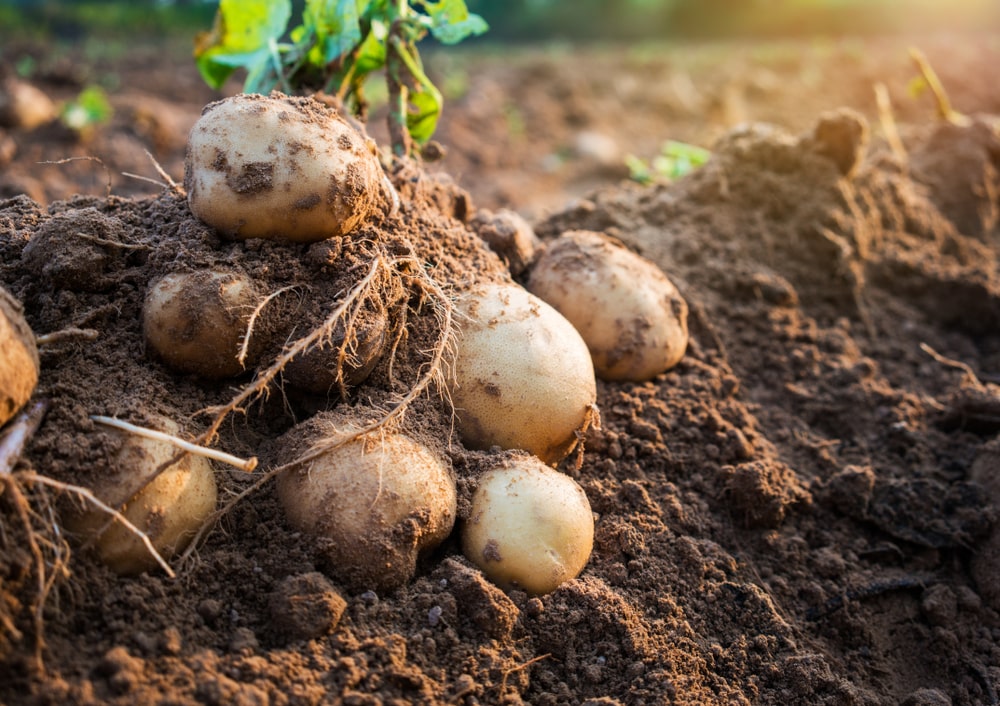Today fertilization gives way to soil fertility. Indeed, the objective is no longer just to feed the plants. In 2020, fertilization products must also stimulate and nourish the soil to meet several challenges: depollution and environmental balance, increasing yields, and improving the nutritional intake of food products. Discover 5 tips to improve the fertility of your soils by increasing organic matter.
1/ Reduce tillage and optimize the use of inputs
By reducing tillage, the structure of the earth is conducive to the development of biological activity. By resting, the soil promotes interactions between microorganisms and other organic materials that compose it. The stronger these interactions, the more fertile the soil, which optimizes the use of inputs when necessary only.
2/ Put in place plant covers
The advantage of plant cover is to protect and enrich the soil. By developing a strong surface biological activity, it generates humus and other structuring colloids, capable of agglutinating aggregates such as root exudates, earthworm mucus, mycelia of fungi or even glomaline. The plant cover thus enriches the concentrations of organic matter.
3/ Keep crop residues to the maximum
Harvest residues represent the aerial parts of non-harvested plants. They have the advantage of containing a significant amount of organic matter, generally greater compared to that of the harvested products. They can be used in many ways, including staying on the ground to boost fertility by feeding populations of fungi, earthworms and other bacteria.
4/ Use legumes
Legumes have a significant impact on soil fertility since they have the ability to fix nitrogen from the air in the root nodules of the plant. Opting for the use of legumes in crop rotation allows soils to naturally enrich themselves with nitrogen, an essential element for nourishing bacteria and other living elements in the soil. According to the news site Arvalis, 100 million tonnes of atmospheric nitrogen annually are fixed by legumes. This represents the production of nitrogen created by the chemical industry.
5/ Move from the “fertilization plan” to the management of soil fertility via eco-fertilization
Planning fertilization is relative in an agricultural system where fertilization is synonymous with soil fertility. And for good reason: part of the work is done naturally and therefore does not need to be planned. Eco-fertilization helps to strengthen and optimize this work of natural improvement of soil fertility.
This article has you more? Receive your free practical guide (in french only): 10 tips to increase agricultural productivity while respecting ecosystems







